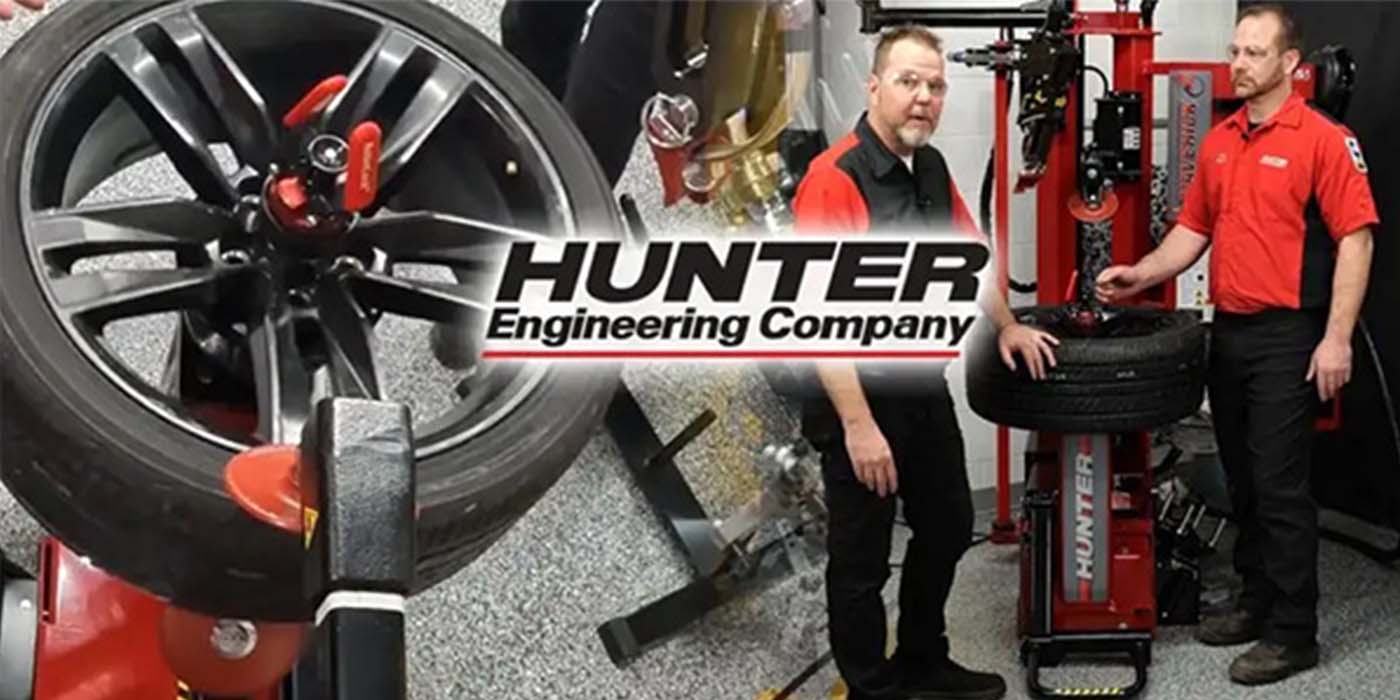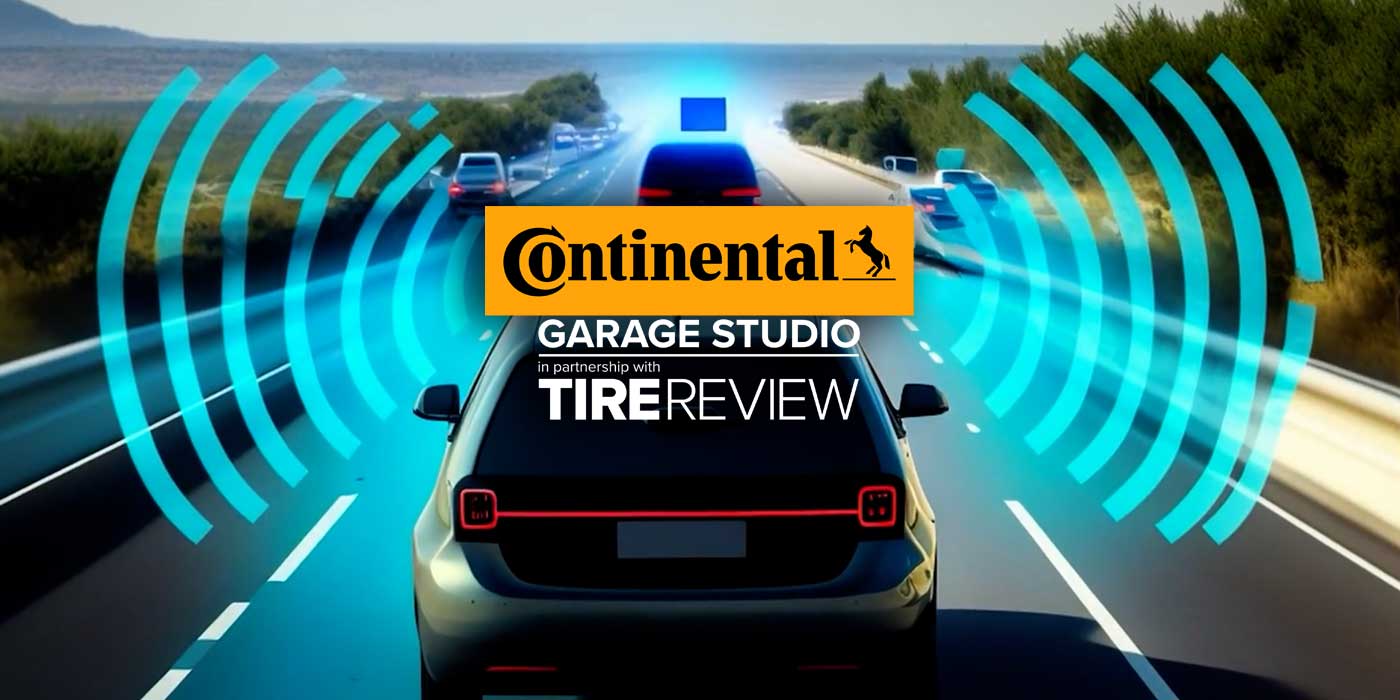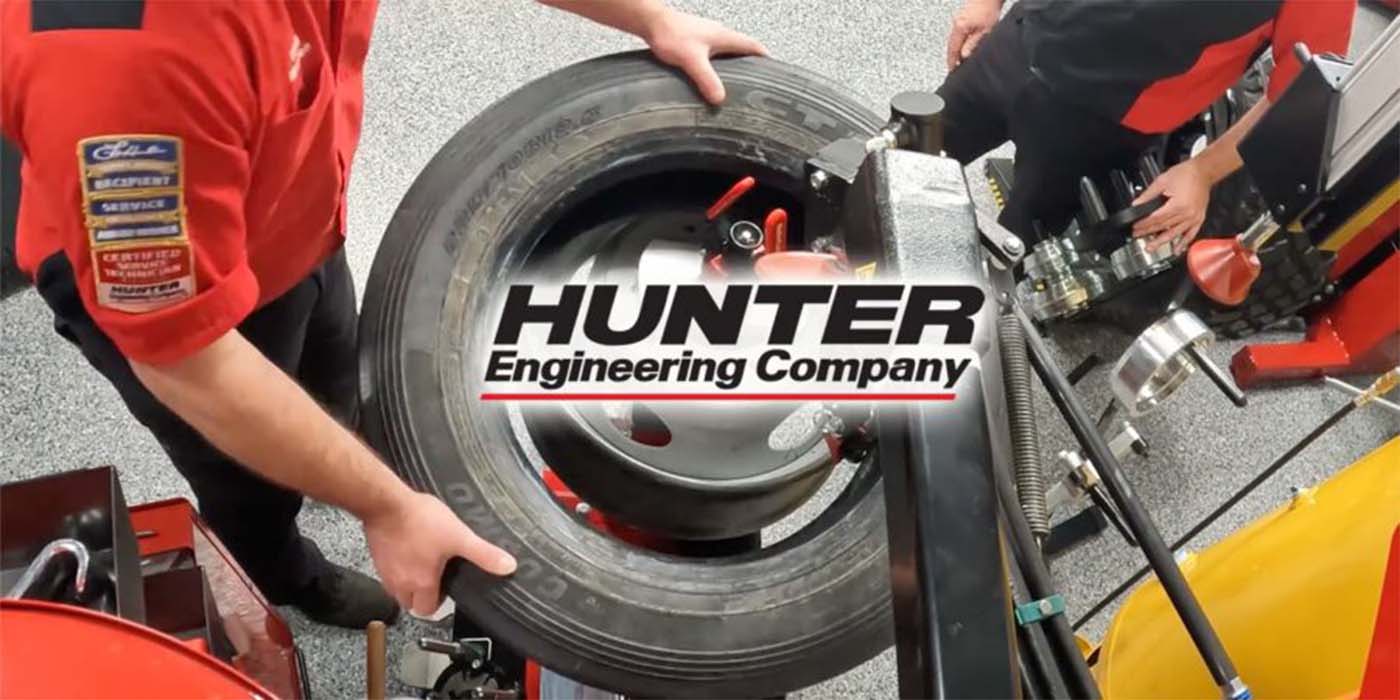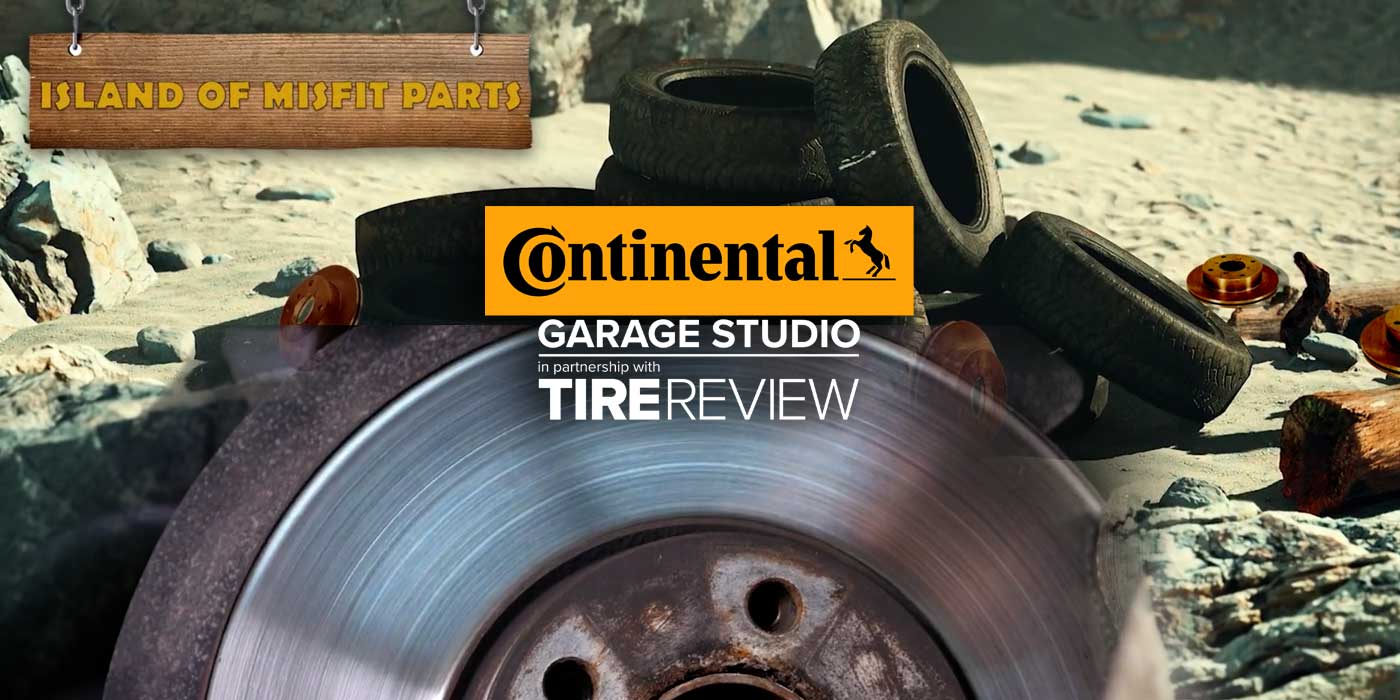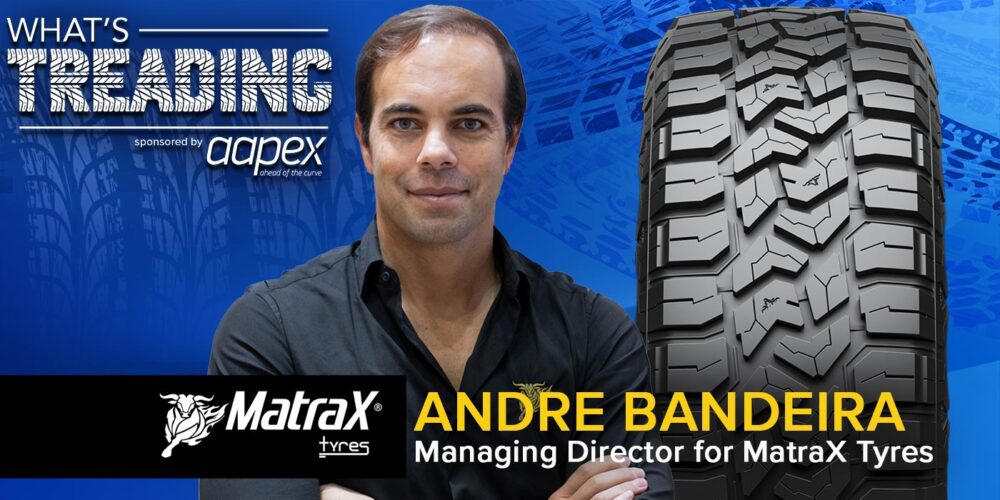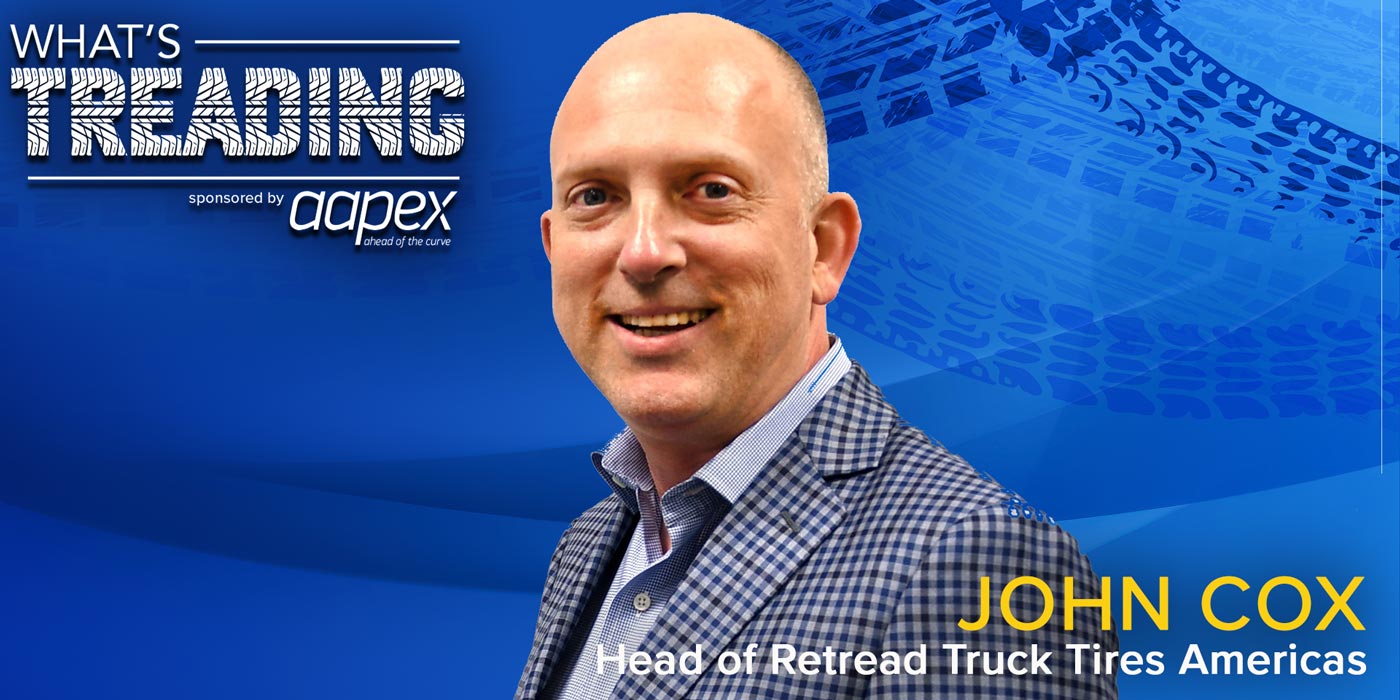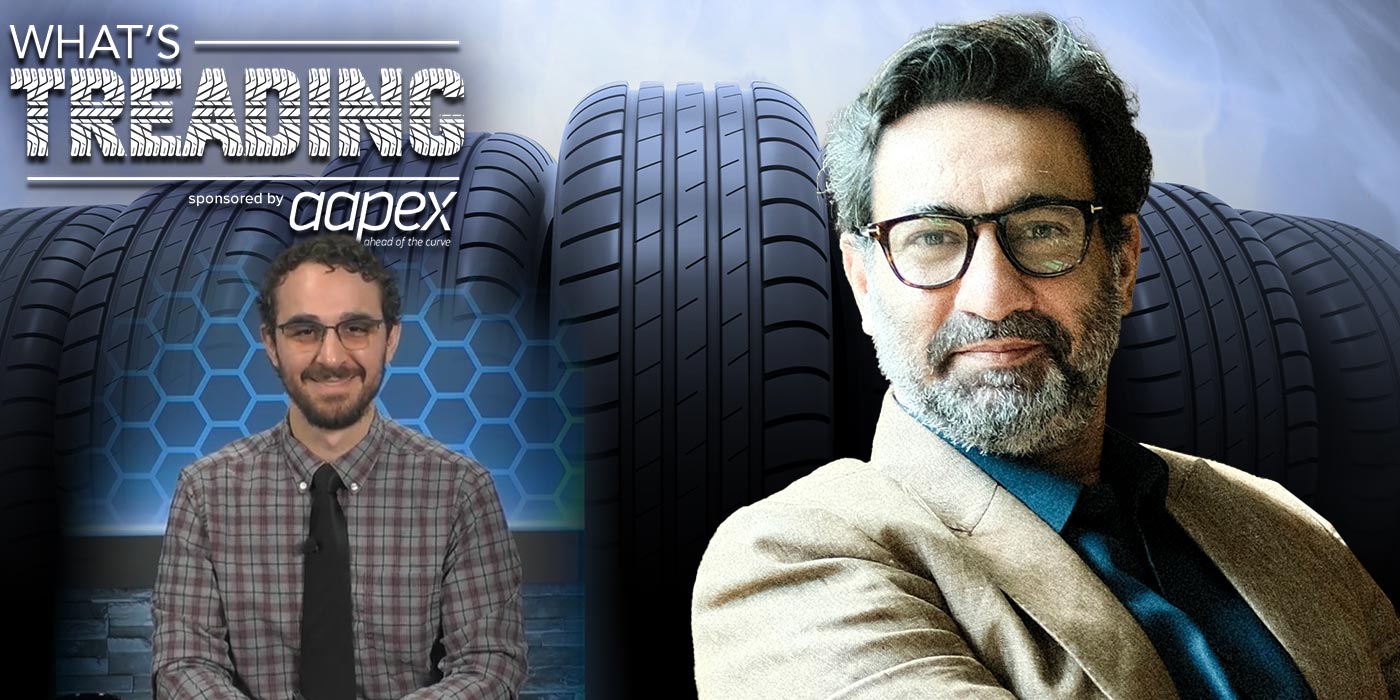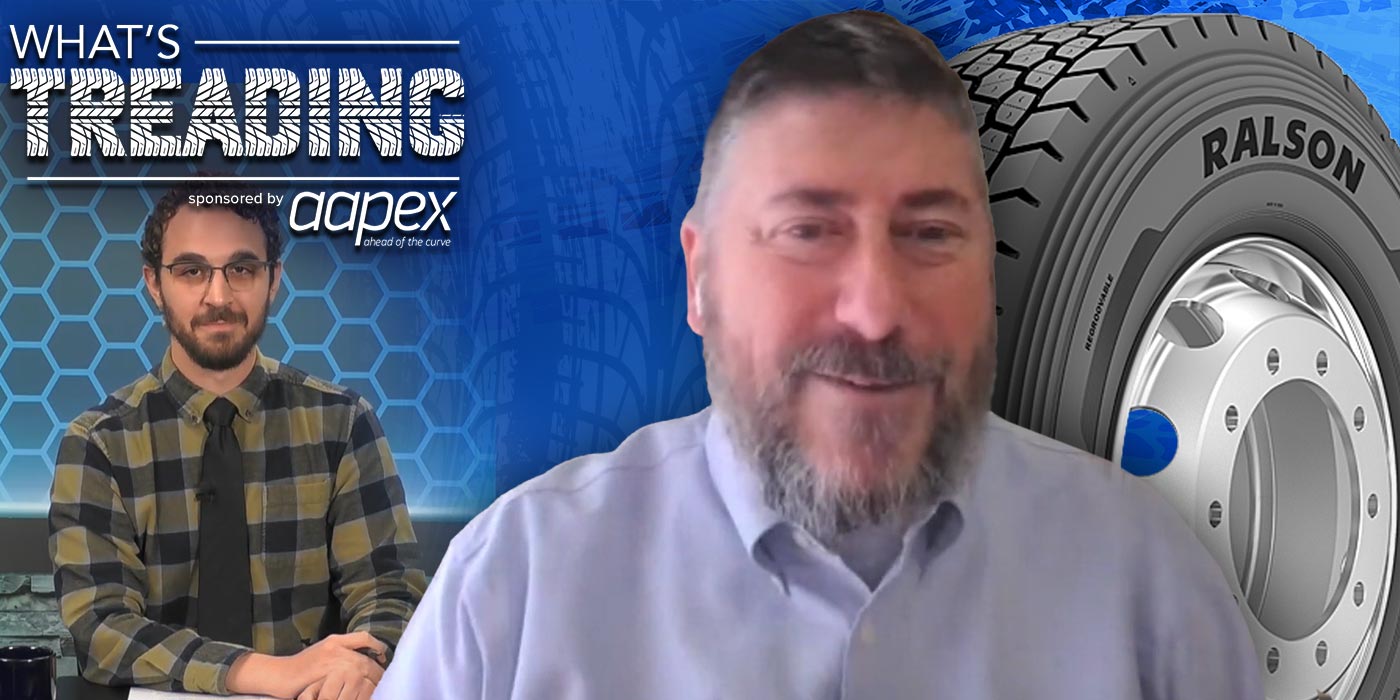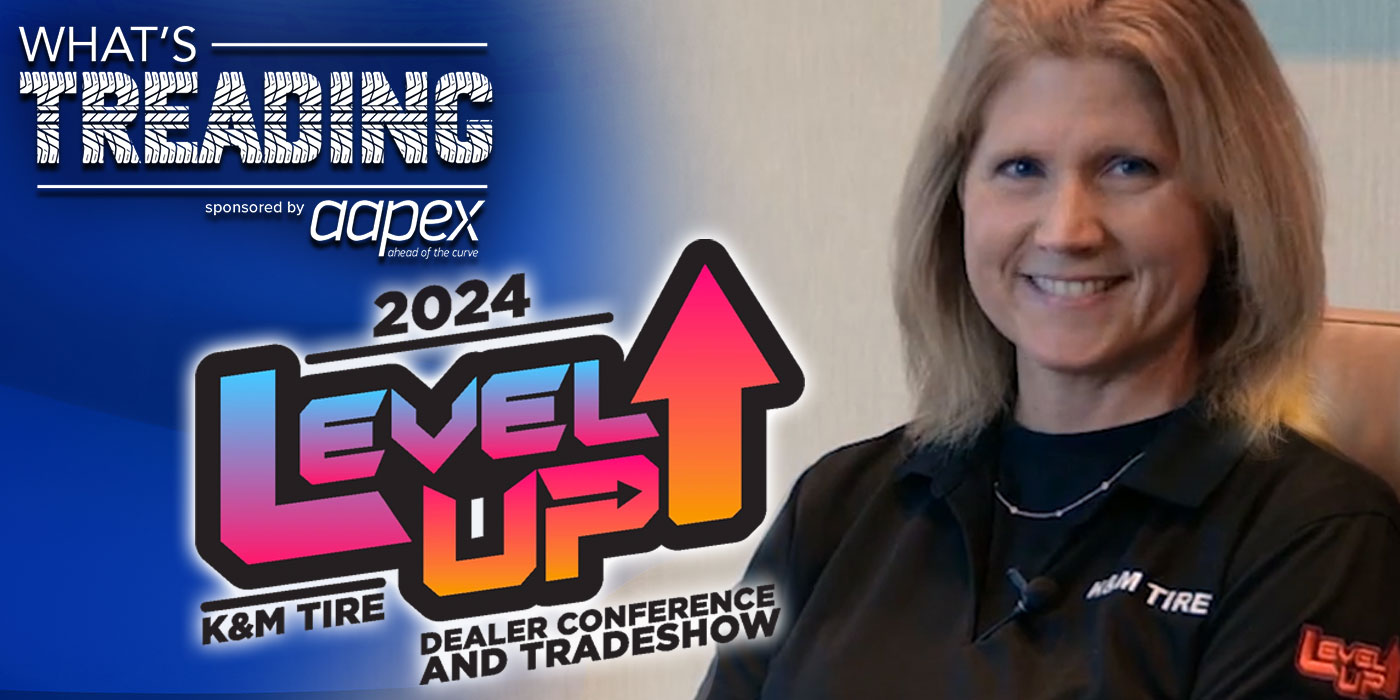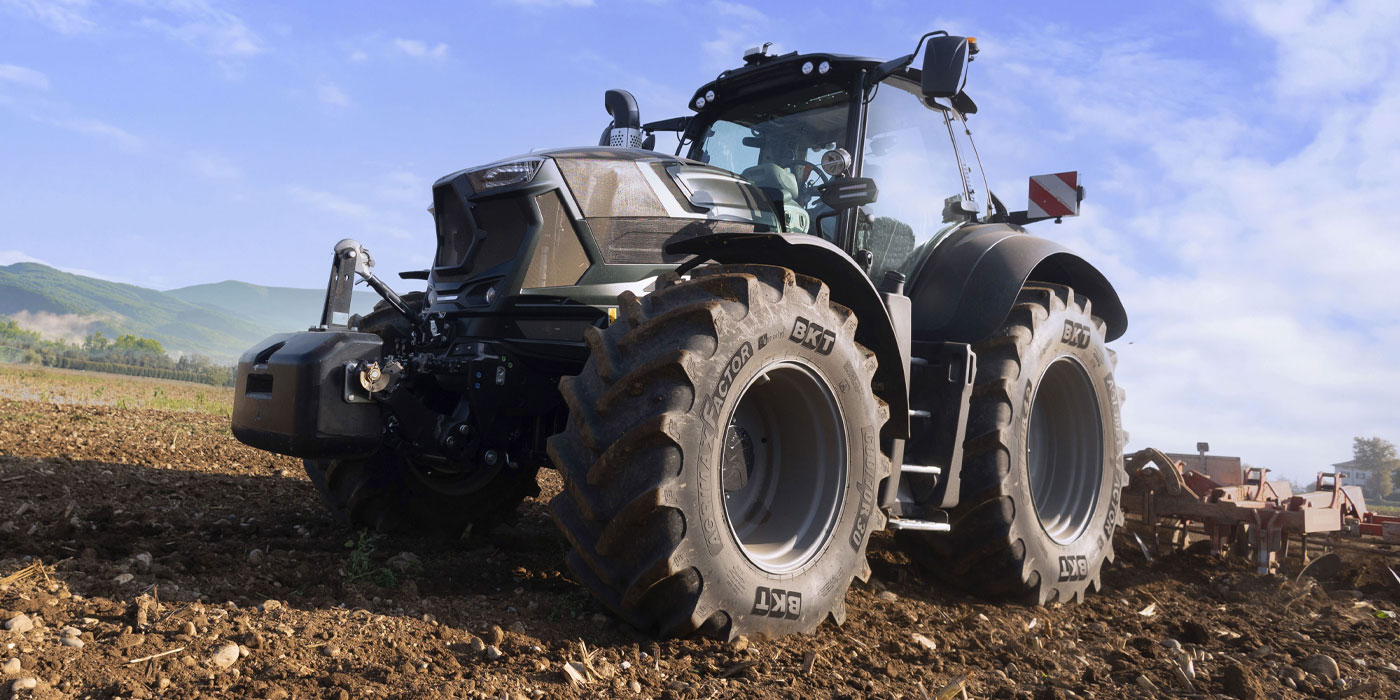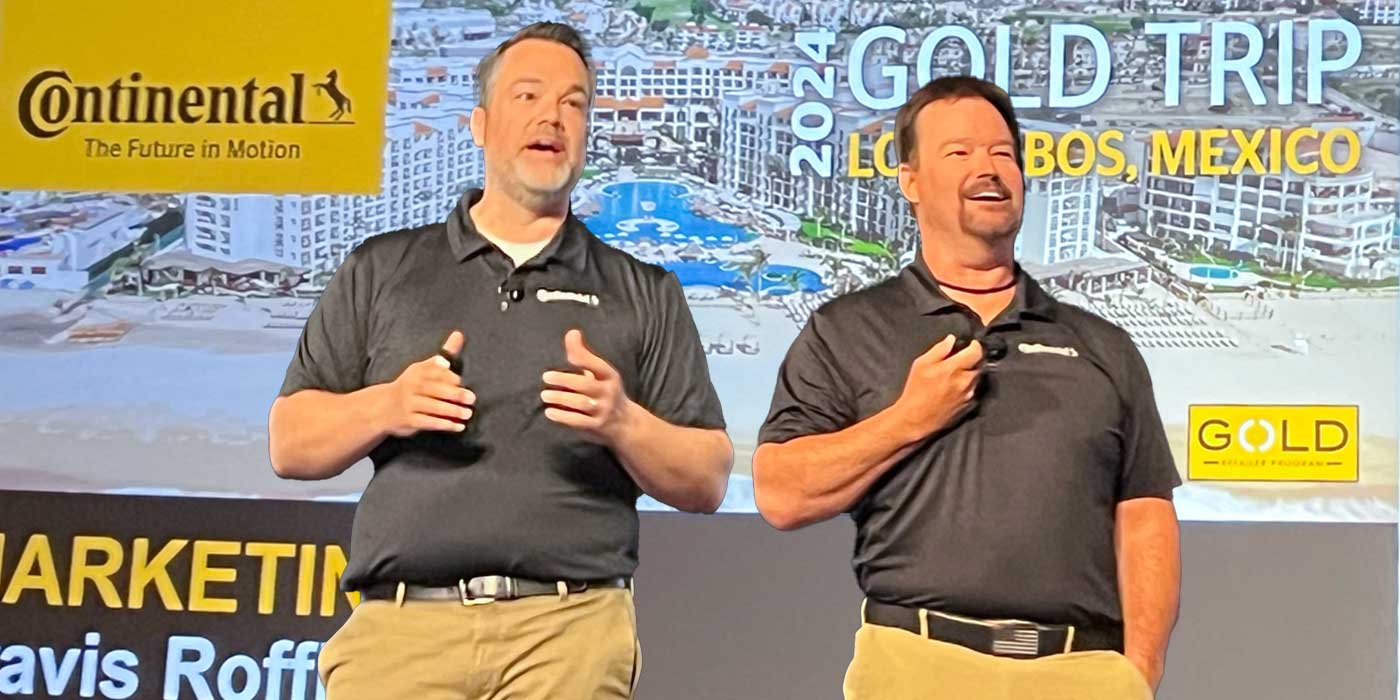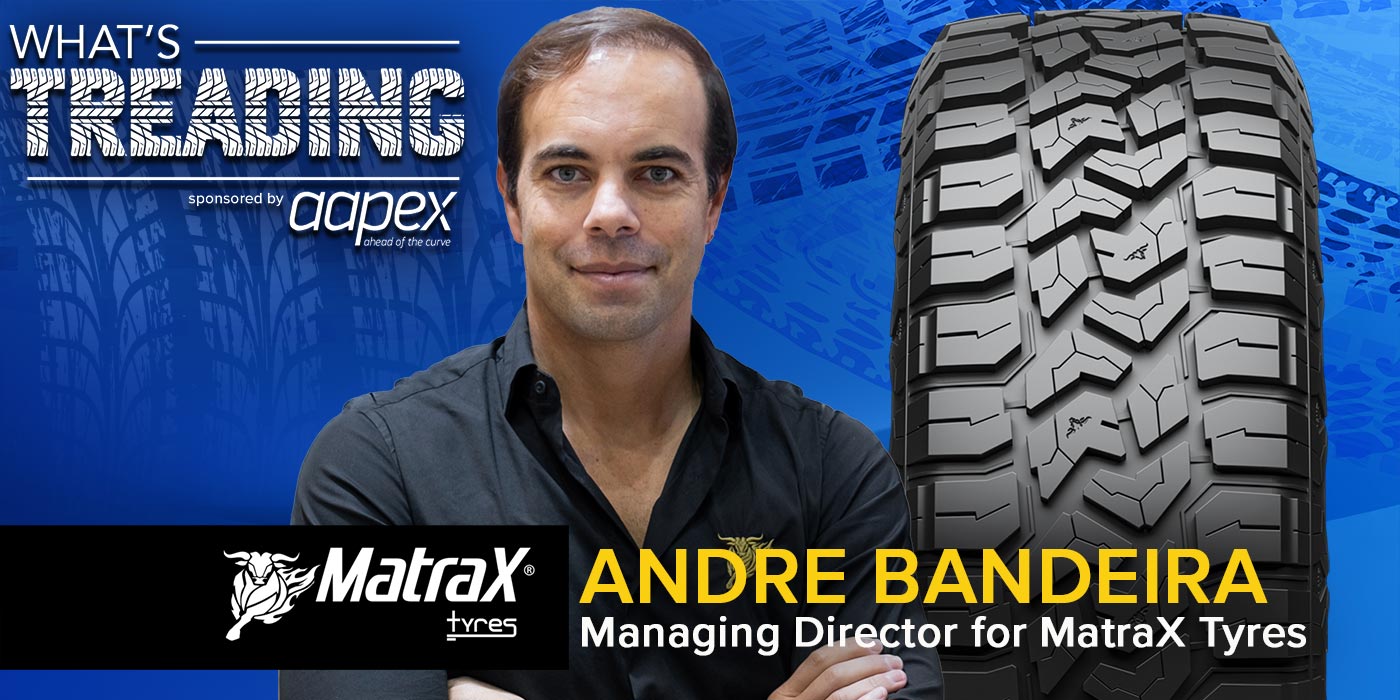Reading the tea leaves is never simple for an OTR tire dealer. With the market so closely tied to typically cyclical industries like construction, mining, agriculture and forestry, many OTR tire dealers will tell you they’ve experienced their fair share of both feast and famine.
So far this year, though, the OTR tire market has been relatively steady, according to Triangle Tire‘s OTR Director Stephen Reynolds.
“If there’s one thing that I’ve found to be true in the OTR world, it’s that it’s a variable rollercoaster. It’s always either going up or down. So if you can maintain a flat line, that’s something of a moral victory in my opinion,” Reynolds says.
In this episode of What’s Treading with Tire Review, Reynolds gives us the details on the current state of demand, as well as where he sees the market heading as we approach 2024. Plus, we learn about how freight rates and Triangle Tire’s recent warehousing expansion are affecting tire dealers.
Want more What’s Treading? Click here.
Here’s a transcript of the show:
David Sickels: Hello and welcome to What’s Treading with Tire Review. My name is David. I am the editor of Tire Review, and today we are talking about some of the biggest baddest tires out there, OTR tires. We are talking about trends. We want to see where things are going, and how things have been. So today I invited Triangle Tire’s OTR Director Stephen Reynolds to walk us through it. Let’s get to the interview.
Stephen, thank you so much for joining us here today. I wanted to start by asking you about your warehousing. So Triangle Tire, you’ve just expanded your warehousing in Arizona, New Jersey, and Georgia. What do you think that’s going to mean for your customers in those areas?
Stephen Reynolds: Well COVID kind of gave us a unique opportunity to sort of do a hard reset with our warehousing. So we had two locations before, one in Tennessee and one in Southern California. And those weren’t ideal locations to distribute for us throughout the entire US. So while everyone was having trouble getting containers, we kind of took that opportunity to liquidate what we had and reset. So as you mentioned we went with those three locations because it allowed us to be able to cover the East Coast well and to expand to a more central location there in Phoenix to distribute to the West Coast. So for our customers that allows for a couple of things, shorter lead times, and more product availability. And one of the things I’m most excited about is every day we develop a little bit more history with shipping routes. And so that allows us to negotiate better freight rates and we can pass those savings onto customers.
David Sickels: Very, very cool. And those shipping rates, have you seen a steady decline as far as those go from those hard COVID days?
Stephen Reynolds: Well for sure there’s been a decline since then. It’s kind of leveled off. It’s still more expensive than it was pre-COVID. Now there are some other things internally within the freight world that are shaping things up and we haven’t seen an increase for domestic freight, although we anticipate that everybody may start seeing a little bit of creep there. So we’re keeping our eye on that.
David Sickels: Where do you think that kind of creep might be coming from?
Stephen Reynolds: There have been some freight carriers who I won’t name, but they’ve had some trouble, and that’s kind of creating a void in the shipping world. And so the available platforms to ship on can command a premium price.
David Sickels: Yeah. I wanted to move on to talking about the $60 billion that the US Department of Transportation has. They announced it late last year. It’s all going toward critical infrastructure here in the US. How can OTR tire dealers make sure that they are taking the most advantage they can out of this funding that’s going toward this infrastructure?
Stephen Reynolds: Yeah. Well, I think now’s the time to strike with that because my understanding is that that bill has been funded but not fully implemented. So we haven’t seen how it’s going to manifest itself in the market. And that kind of gives some people who are a little late to the party time, some of these dealers who are late to the party, time to prioritize the way they’re going to market. So I think it’s important for them to keep in mind that even if you’re comfortable at the dealer level with the construction companies that you service, there are other avenues, primarily OE equipment dealers like Caterpillar, Hyundai, Doosan, Volvo, that if you’re not servicing them, I think you should be reaching out to them and targeting them.
And then also equipment rental dealerships, that would be a good fit because a lot of that infrastructure when it hits, some of those organizations, some of those construction firms are going to need to rent new and better equipment. So that’s a good way to get your foot in the door. Also, if you can’t get OTR in with some of these construction firms, I would venture for them to reach out in terms of the commercial truck. TBR we call it, the 18-wheeler market. That’s sometimes a way to get your foot in the door with those folks, and then that gives you a chance to get in line for the OTR as well.
David Sickels: Got it. Got it. Yep, makes a lot of sense. So looking back, if you’re looking seven, eight months ago at the end of 2022, you’re trying to figure out what the trends are going to be in the OTR tire market for ’23. How has it kind of evolved throughout the year? Are those trends the same as you thought today as opposed to the end of ’22?
Stephen Reynolds: They are but sort of in a way where we were lucky with our guess. In terms of a vacuum of information, we weren’t sure what was going to occur. So we hoped that the market would remain steady. And that’s essentially what we’ve seen. That’s also what we anticipate throughout the rest of this year, sort of a steady flat-line market where we don’t expect to see huge amounts of growth, but we also don’t expect a dip. And if there’s one thing that I’ve found to be true in the OTR world, it’s that it’s a variable rollercoaster. It’s always either going up or down. So if you can maintain a flat line, that’s something of a moral victory in my opinion.
David Sickels: Yeah, yeah, for sure, for sure. And kind on that note, we’ve been talking about trends. We’ve been seeing kind of this decline in coal mining lately in the last few years. Have you seen that directly affect OTR sales? Are they kind of trending in the same direction or are maybe other mining coming up and taking the place of that and not making those OTR sales go in direct relation with coal?
Stephen Reynolds: Yeah. I think a good way to look at that is the reports of coal’s demise have been greatly exaggerated, that type of a deal. It kind of depends on who your servicing dealers are. And for us, when you talk about coal, you have to talk about it in terms of two different segments. There’s thermal coal and there’s metallurgical coal. So thermal coal, just as it sounds, is burned for energy. And that is way down, based on the restrictions in that market in that industry. However, metallurgical coal is up, it’s booming. A lot of that’s being sent to Pennsylvania to produce steel. And so most of our servicing dealers, one in particular, are very heavy in metallurgical coal. And so we’ve continued to see steady production there.
David Sickels: Okay, okay. And do you see that trend continuing maybe into ’24, or ’25? Do you think that that’s going to keep up at that high level?
Stephen Reynolds: Well we hope it maintains there at a steady level. And really to go back to your infrastructure bill question, everything is interconnected, right? So we hope that the way that is implemented and takes shape, will increase steel production and we’ll see an increase as an effect in that coal market.
David Sickels: Excellent, excellent. So I wanted to bring up a big buzzword in the industry right now. Sustainability.
Stephen Reynolds: Sure.
David Sickels: Everybody’s talking about it. You can’t have a conversation without sustainability coming up. How can sustainability be a positive thing for OTR tire dealers? How can they lean into it take advantage of it and make the most out of it?
Stephen Reynolds: Well, you can go so many directions with that buzzword, sustainability, and it manifests itself in a lot of different forms. For Triangle in particular, and manufacturer for that matter, sustainability isn’t necessarily a word that you would put in the same category as profitability. So that can be a bit scary from a manufacturer’s standpoint, but it’s very important from a more philosophical standpoint for all of us to continue to live and breathe clean air and maintain the environment. So it’s very important to Triangle. Our factories are about as green as they come, with lots of solar power, and lots of automation. Our forklifts are self-driving and electric. So in addition to that, that’s one avenue you can take. Another is R&D, which is a big part of sustainability. You’ve got constant research and development. We have an R&D team in Akron, Ohio near you.
They’re constantly tinkering and working on new materials, and ways to make the tires better, and all manufacturers are doing that, in the name of sustainability. It’s constantly playing with new compounding for rubbers and so forth to try to get the most life out of a tire, the most retread ability out of a tire, and using materials that can be recycled and reused again. So all of those things are constantly evolving in the market. As it pertains to dealers, I think it’s a great thing for them because if they put in place good servicing programs for their end users where they’re maintaining tires to get the most life out of them, constantly checking air pressures, constantly monitoring haul roads, doing the little things right to get the maximum amount of life out of tires, that’s doing their part for the sustainability of the world. But it is also going to, be back to business we’re all in it to make money. That’s the serviceable hours, that are going to help them be profitable, but it’s also going to be a benefit to their customers. So it’s kind of a win-win in that their end user, their two highest costs are likely fuel and tires, and if they can lower their overall ownership cost of tires, they’re doing them a solid service.
David Sickels: Yeah. I couldn’t agree more, especially when you’re talking about some of these more commercial applications, it’s all about getting the most out of that tire. And those little things add up, checking your tire pressure every day and making sure that everything is looking the way it’s supposed to. Stephen, really appreciate your time here today. This has been a great conversation and I can’t wait to catch up, Maybe early next year we can talk about trends again.
Stephen Reynolds: Sounds great. I’d love to come back, and thanks for having me.
David Sickels: Absolutely. Take care. Thank you. Okay, so that was some really interesting stuff from Stephen. One of the main points that I think I picked up from my conversation with him was that now is the time to strike for, about the money that’s coming down the pipeline for the infrastructure bill. If you’re not having those conversations already with those people that you’re working with and every application under the sun, make sure you’re doing that so that you are ready to be their supplier for their tires. Another thing that I picked up there, making sure that your customers are doing those little things right. When we’re talking about sustainability and getting the most out of your tires, it’s those things like making sure they’ve got TPMS and that they’re looking at that tire pressure and making sure that it’s where it needs to be regularly so they’re getting the most out of their equipment. That is huge. And if you can kind of facilitate those conversations and build that trust with your customers, it’s going to go a long way. So thank you for joining me today, and I will see you next time on What’s Treading.

